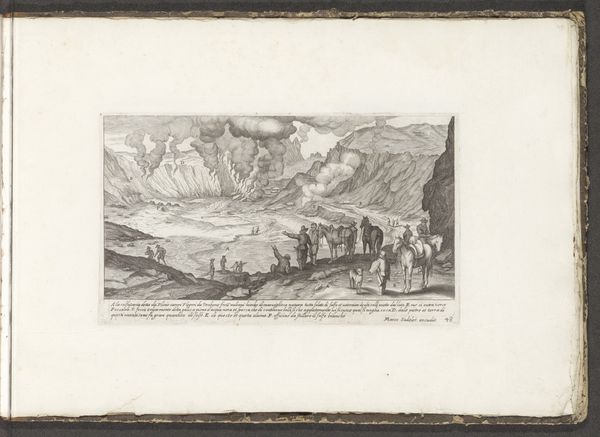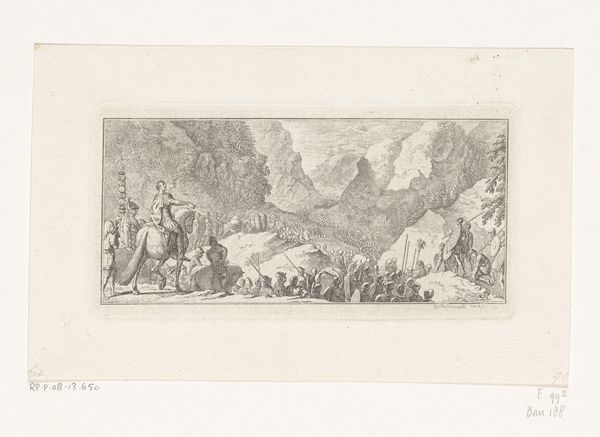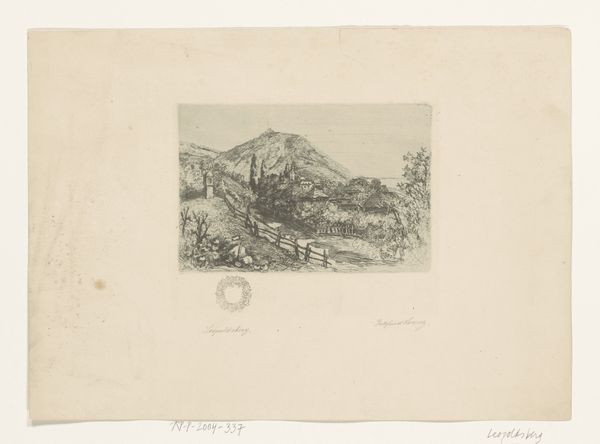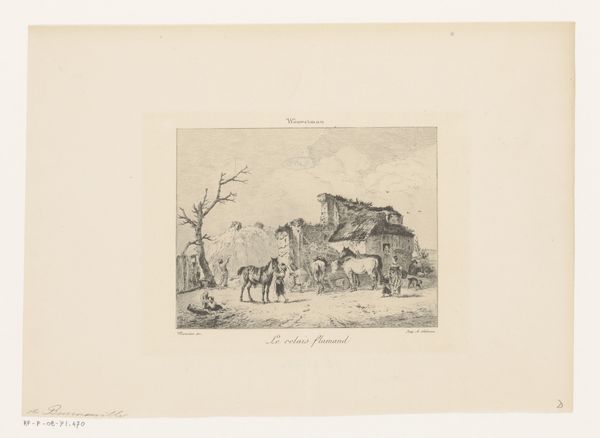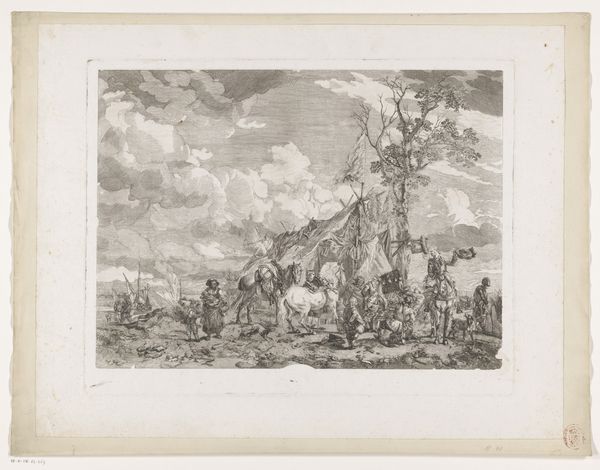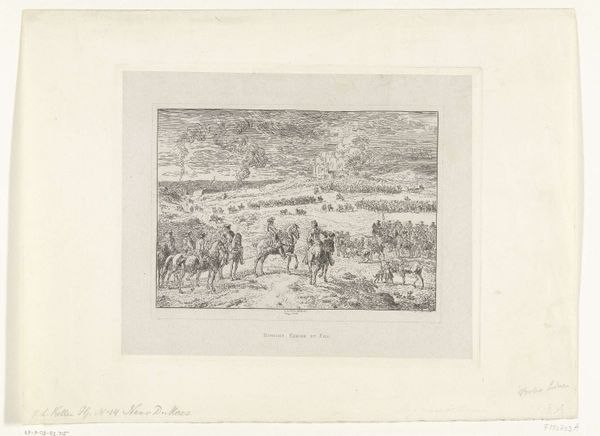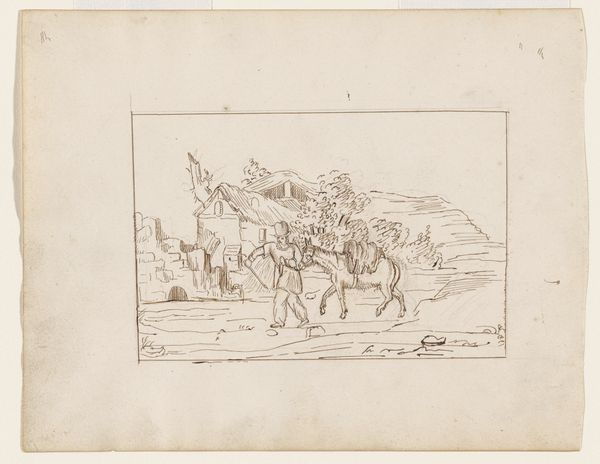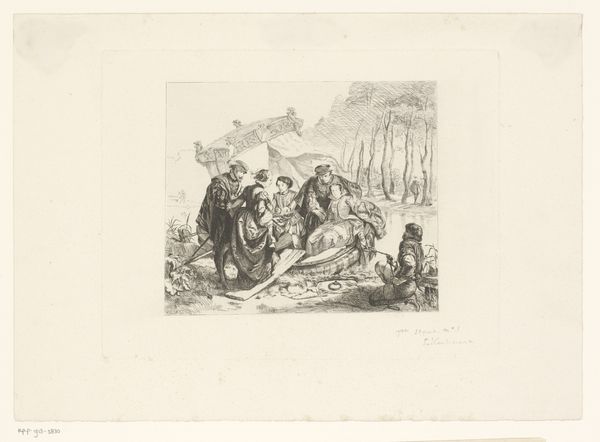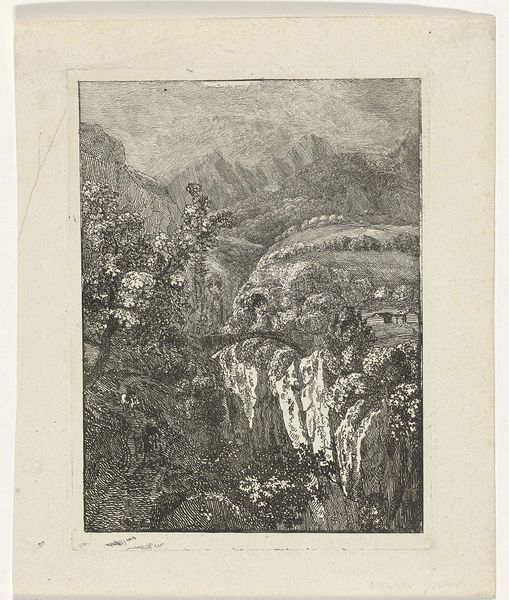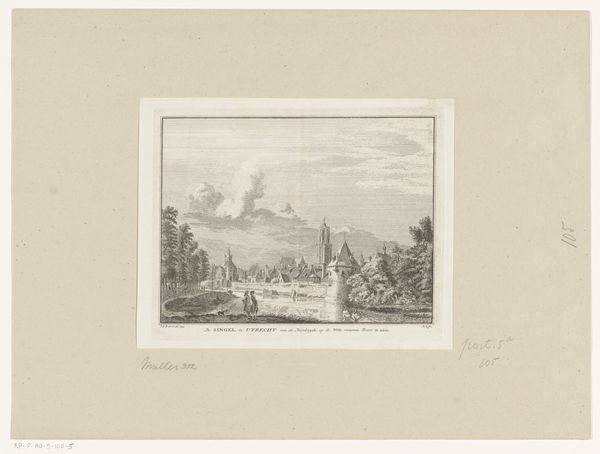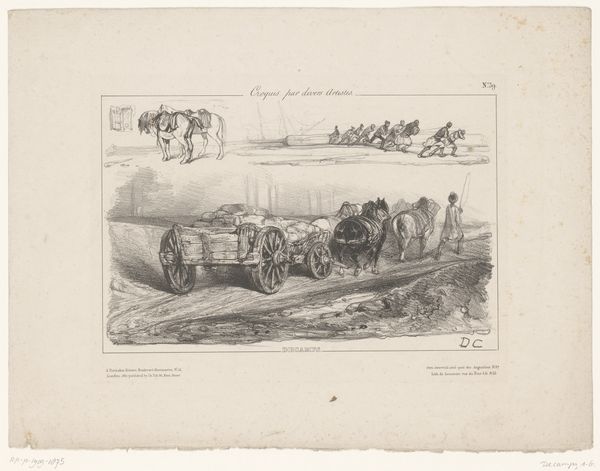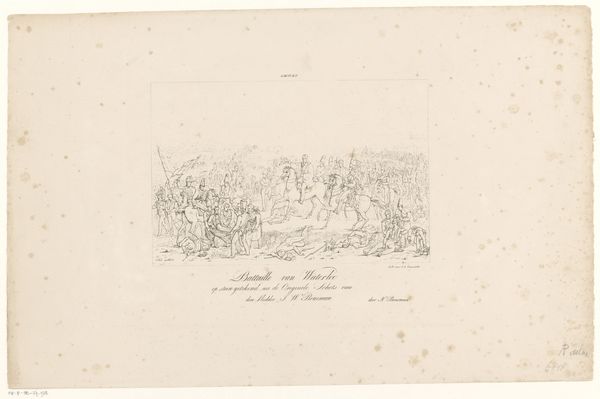
drawing, print, paper, ink
#
drawing
# print
#
paper
#
ink
#
romanticism
#
cityscape
#
genre-painting
Dimensions: height 89 mm, width 123 mm
Copyright: Rijks Museum: Open Domain
Editor: Johann Heinrich Meyer's "Jaarmarkt," created between 1765 and 1829, is rendered with ink on paper, in both drawing and print form. There's a real vibrancy to this bustling market scene that captures the feel of the cityscape and people in the Romantic era. As a Historian, how do you read this depiction of the city square? Curator: This work serves as a fascinating document of the shifting socio-political landscape of its time. We see not just a "Jaarmarkt," or annual market, but a representation of public life in a rapidly changing society. Observe how Meyer uses detail – perhaps democratizing the scene, paying the same level of attention to merchants and upper classes alike. What elements here seem staged, or romanticized? Editor: That's an interesting question... perhaps the placement of the figures in the center and to the right appear organized despite their placement within the dense cityscape, drawing attention to the horse and figures adjacent. Is it fair to view this work as more romanticized or idealized due to its clear visual organization, and would that suggest an association with powerful political views in that period? Curator: Precisely. Romanticism, though often associated with nature and emotion, was also a period deeply concerned with national identity and social order. This market isn't just a marketplace, it's a carefully constructed vision of a society functioning – or, perhaps, aspiring to function – in a specific way. The very act of memorializing this public display underscores a growing middle class, keen to claim its own place in a nation that included public representation of social order. Editor: It's fascinating to see how seemingly simple depictions of everyday life can reflect much larger political and social trends! Curator: Exactly. Meyer provides us not just with an image, but with a carefully constructed narrative of his time. Understanding those motivations opens up layers of interpretation, adding real value to the history we explore through this art!
Comments
No comments
Be the first to comment and join the conversation on the ultimate creative platform.
